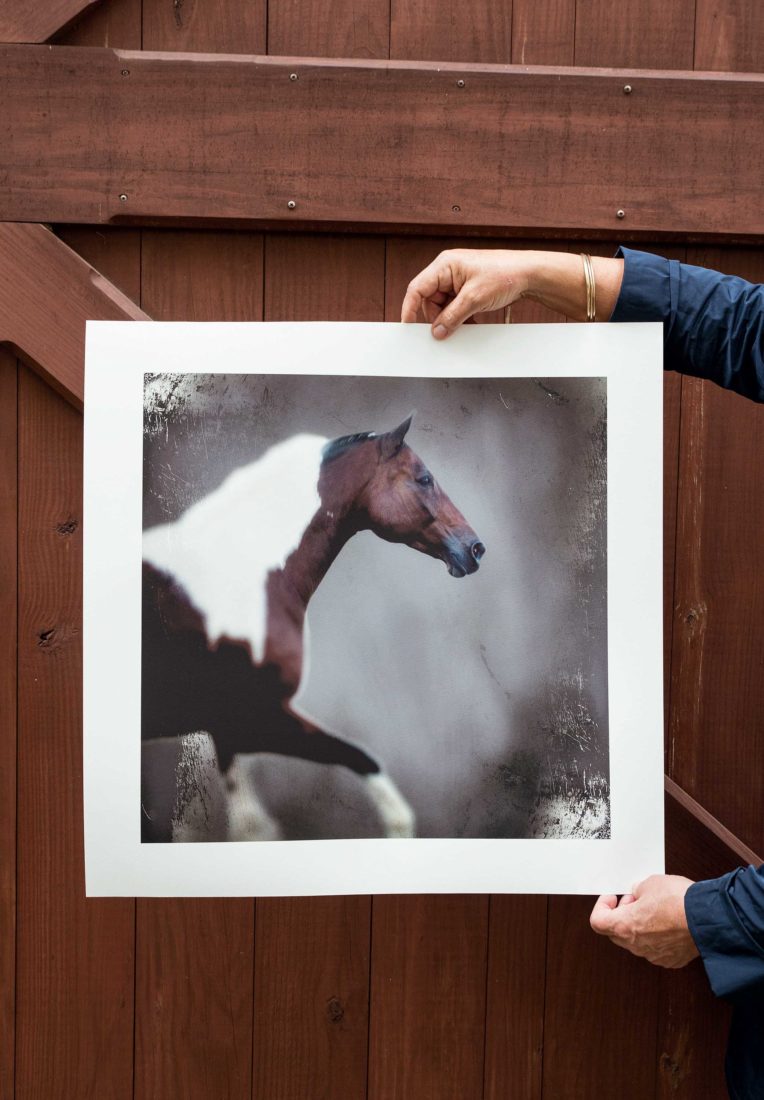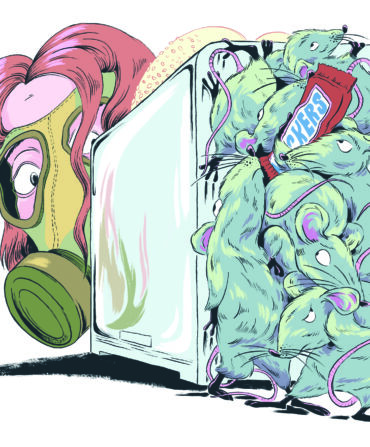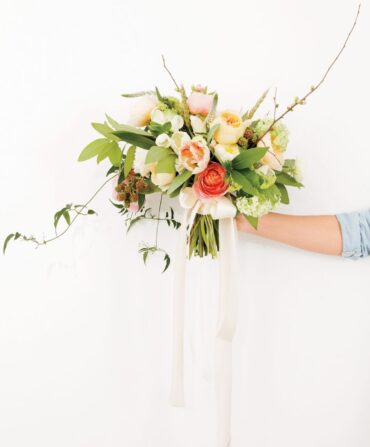It is early morning in a South Carolina marsh, and the photographer Kate Griswold is waiting. The chatter of crickets masks her breath as she stands near a swamp tupelo, comforted by the sounds she has come to know during the hundreds of hours she has spent outside: the cackle of marsh hens, the rustle of cordgrass as it sways against her boots, and the suck and plop of the pluff mud as it tugs at her soles.
A raspy bellow gives away her quarry’s location, and a great blue heron, belly deep in the marsh, gingerly picks its way toward shallower water. Eventually the bird decides the time has come to leave and extends its wings. Griswold presses the shutter button on her camera just as the heron soars above a cluster of scrub pines, the wispy plumage on its soft gray neck still wet.
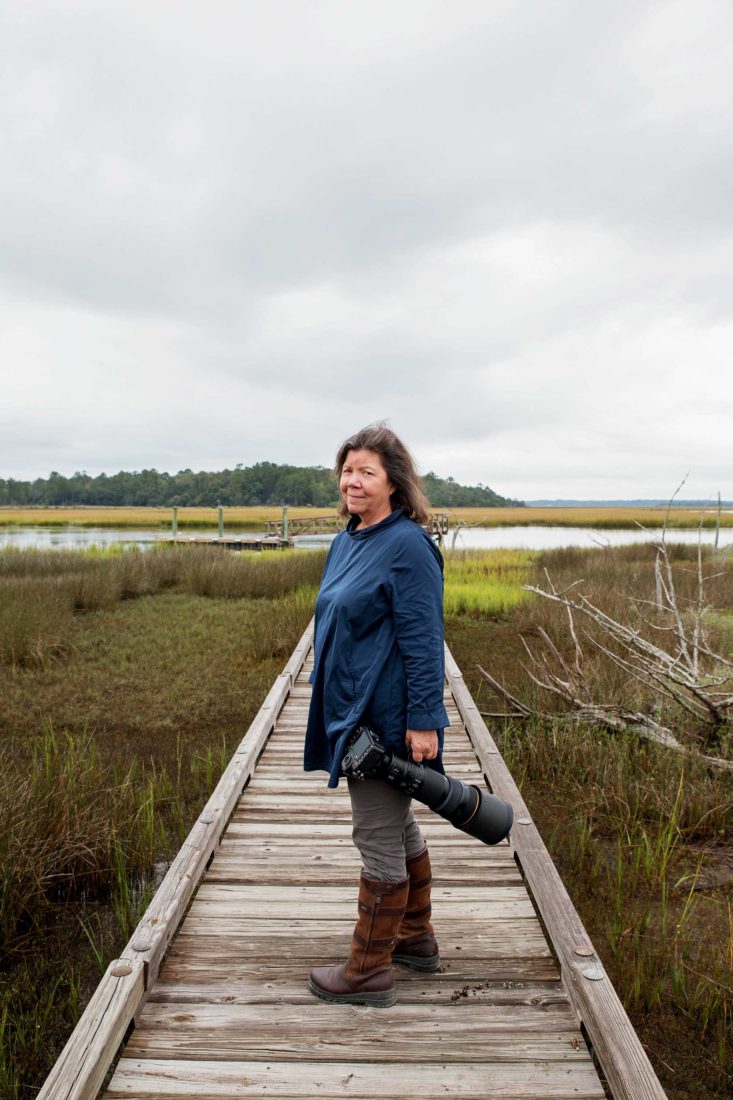
Photo: Margaret Houston
The artist at Brays Island Plantation.
Griswold’s ability to capture just this sort of moment comes from knowing a species’ hunting practices and flight habits as well as she knows her camera. She integrates herself into its environment and waits for the animals to come to her. Once home, she will carefully choose one of the hundreds of photos she has taken and start a digital process in which she isolates the animal by removing its surroundings in a painterly way. “Even though the landscape of the Lowcountry is beautiful,” Griswold says, “I’m focusing on the bird, and really wanting people to see its beauty and its spirit. By eliminating the natural environment, I’m creating a portrait of this beautiful animal that you can really see.” Her arresting, large-scale photographs put the viewer face-to-face with the wildlife—an eye-level vantage that, Griswold hopes, inspires observers to be better environmental stewards.
Griswold fell in love with photography in the 1970s, as a teenager living in Connecticut. At seventeen she had the opportunity to study in Europe under the tutelage of a Swiss-German photographer, and she remembers his meticulous methods: “He was really old-school, and touched up his negatives, his four-by-fives, with pencils,” she says. This delicate method of retouching alters the composition of an image in order to emphasize certain features. “Way back when I was fooling around in high school with photography, I was fooling around with texture.”
Inspired by the environmentalist and photographer Yann Arthus-Bertrand’s images of farm animals, she began to do horse and dog portraits in 2007, and used those retouching techniques to focus on the interplay of light and shadow on feathers, fur, and hide to create a sense of movement. In one such portrait, a mahogany-colored pinto warmblood named Ista stares out beyond the frame. Free of his bridle, reins, and halter, he holds his head aloft, elegant neck elongated. Set against a variegated gray background, his blurred edges make it seem as if he emerged from a dream.
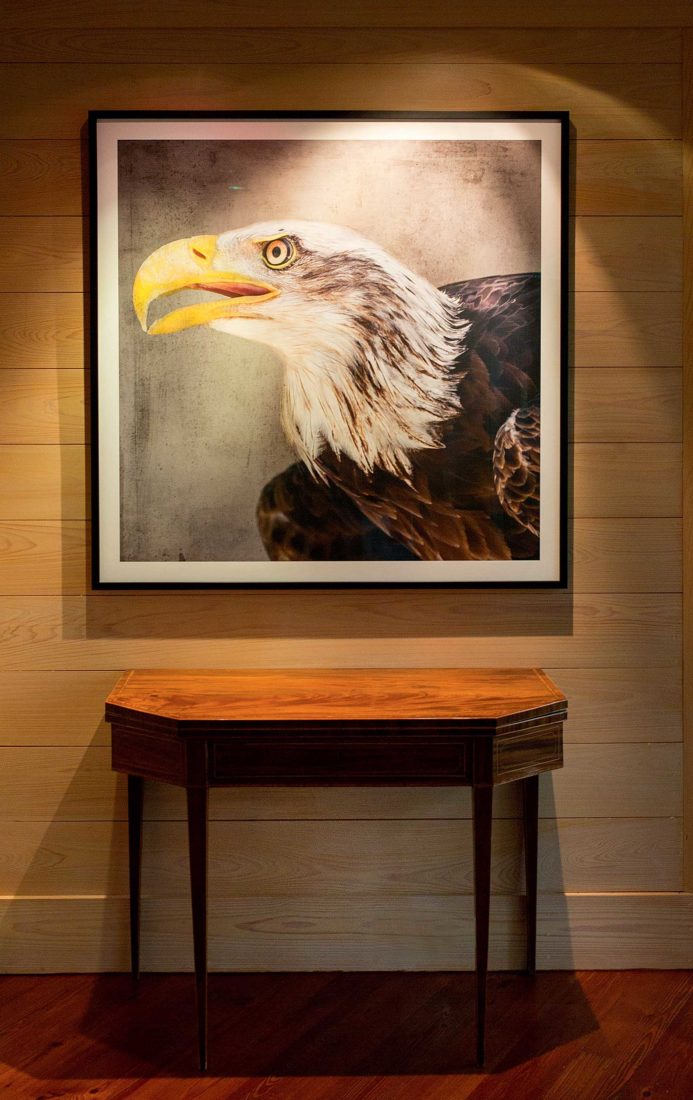
Photo: Margaret Houston
The work Bald Eagle C-1 Haliaeetus leucocephalus hangs in Griswold’s home.
Griswold’s work took on a different tone when she moved to Brays Island Plantation, in South Carolina’s Beaufort County, in 2010. A mentorship with the seascape artist Alison Shaw inspired Griswold to start a new birds of prey series, featuring the likes of owls, kites, and ospreys. A bald eagle, for instance, is presented with tenderness, the bird angling its neck to give the viewer an inquisitive stare.
To Griswold, this work underscores the fragile connection between the power of nature and our modern ecological consciousness. “Birds and animals, they don’t have a voice,” Griswold says. “We are their voice.”


